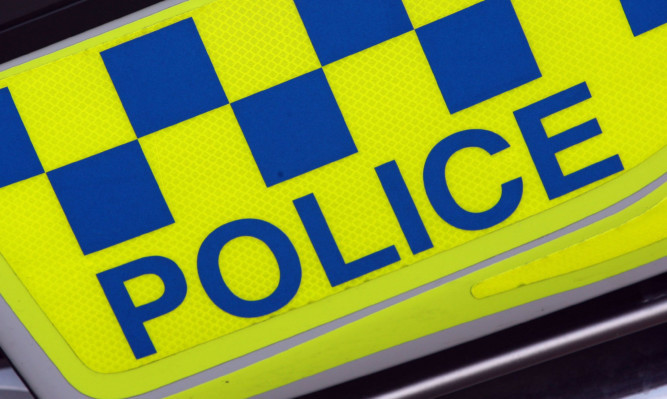A former detective has claimed that councillors have “no say” in bringing the failures of Police Scotland in Angus to account.
Carnoustie councillor Bill Bowles, an ex-police officer, said policing in the county had been “totally dismantled” and hit out at a lack of power to intervene in crucial decisions.
At the latest meeting of Angus Council Police and Fire and Rescue sub-committee in Forfar, he questioned the very point of the committee when, he asserted, it had no role in the decision-making process.
Chief Superintendent Eddie Smith disagreed, claiming modern policing methods meant the people of Angus were better served than ever before.
Mr Bowles said: “I’m not sure what our role is here and I am disappointed in what we do.
“We have no say in what is achieved, we just get a report and say: ‘Well done thumbs up’. But I don’t think that. I fear things are worse now than prior to Police Scotland and yet we have no say.”
The committee is responsible for corporate governance, risk management, internal audits and reviews of standards and reviews of standards and levels of council services.
Mr Bowles claimed Angus had a community model that worked prior to the formation of Police Scotland.
“It appears that has been totally dismantled and a lot of people are very unhappy,” he said. “What is our role in all of this? All we’re told are the results and structure is this what Kenny MacAskill wanted?
“We should have some say.
“In my experience, we once had a minimum of two cops in Carnoustie. That’s gone. Now they’re shared with Monifieth. We are down to half. What if something happens in both places at the same time?”
Mr Bowles wanted to know how many police officers there are dedicated to Angus and what specialist officers are based in the county for the county.
He spoke of how, as a former local CID officer in Forfar, he had a full workload dealing with criminals, networking and building intelligence.
* See more on Angus policing in Saturday’s Courier
“I found crimes that I wouldn’t have found if I hadn’t worked in that way. What specialist officers do we have here now?”
Consistent with police policy, Mr Smith would not specify how many officers he had in a particular area, or what their functions were, for operational reasons.
He said Mr Bowles was comparing apples with oranges if he looked to compare how things were done by Tayside Police and Tayside Division, as part of Police Scotland.
Mr Smith did state, however, that he hoped to place a greater emphasis on community policing in 2015.
He said: “The way we do business has completely changed. We are a local, regional and national resource.
“There is a depth and spread now, with local access to over 2,000 resources. Strategically there are 17,234 officers. We police differently now to how it was done in legacy Tayside.”
The quarterly report that went before the committee highlighted significant reductions in moving traffic offences across Angus, including dangerous driving (down 53%), speeding (down 37%), disqualified driving (down 54.5%), driving without a seatbelt (down 63%), having no insurance (down 21%) and mobile phone offences (down (40%).
Tayside Division now locates its road policing resources at Baluniefield in Dundee, rather than having them based at Angus, Dundee and Perth as they were under the former Tayside Police.
Unlike the national Trunk Road Patrol Group based at Perth, the roads policing resource based in Dundee is not currently a 24-hour operation.
This is set to change, however.
Mr Smith rejected the idea detections for road traffic offences were significantly down in the county because there was a reduced police presence on the roads.
“They are based at Baluniefield for operational reasons supervision, briefing and debriefing and for more efficient policing. They then go out on patrol across the division and are the same sized resource.
“The reported figures are due to less of a focus on enforcement and more on the opportunity to use discretion. Where it applies and where appropriate, people will receive a warning rather than a fixed penalty notice.
“Our officers are out there and working hard. That is evidenced by the outcomes we have reported and the reductions we have seen in casualties and road traffic incidents.”
